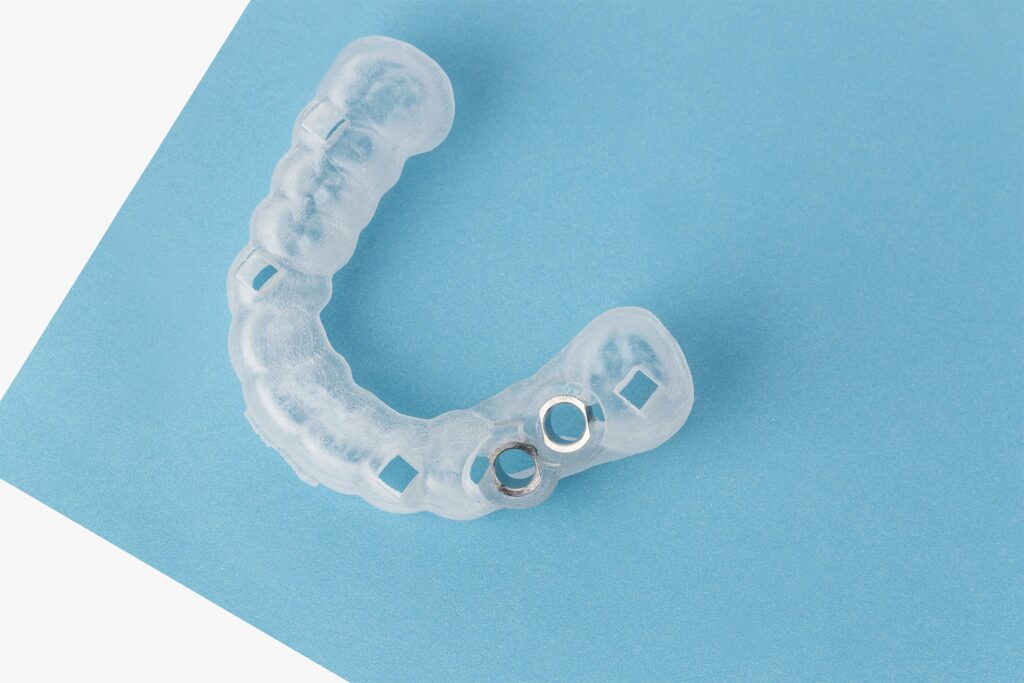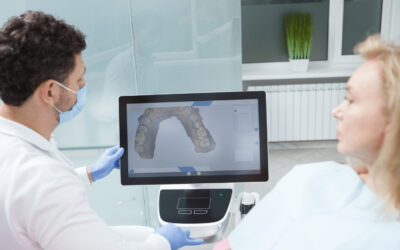
There are a variety of surgical guides available for use in implant dentistry. Having the right guide can make the process easier and more successful. Surgical guides are devices that help the dentist position implants precisely during surgery. A surgical guide helps a dentist accurately identify areas or angles, which is essential for placing an implant in the jaw with precision. Many dentists have found surgical guides to be beneficial and believe they streamline the implant procedure, enhance patient care and increase accuracy and cost-effectiveness. These 6 benefits of using surgical guides will help you understand why they’re so beneficial when working with patients who need dental implants as part of their restorative dentistry plan that they planned before.
Easy identification of angles and locations
Using a surgical guide can help the dentist identify areas or angles, which is essential for placing an implant in the jaw with precision. Many dentists have found these surgical guides to be beneficial and believe they streamline the implant procedure, enhance patient care and increase accuracy and cost-effectiveness. Using surgical guides can be especially helpful if the patient has a bad gag reflex or if the practitioner needs to access a difficult area. A surgical guide can help to make it easier to identify the angles of the mouth and the location of existing teeth, which can make it much easier to know where to position the implant.
Streamlined implant placement process
Surgical guides are helpful for many reasons, but one of the most significant is that they streamline the implant placement process. This can be especially helpful for dentists who may be performing a few or many implants in one session. Having a surgical guide can help to speed up the process and make it less time consuming. This is helpful not only for the practitioner, but also for the patient who may be in the dental chair for quite a while.
Ensures accuracy and cost-effectiveness
Accuracy and cost-effectiveness are important aspects of any dental procedure. Using a surgical guide can help a dentist to ensure the implant is placed in the right location and works to increase cost-effectiveness. A surgical guide can help to make sure the implant is placed in the correct position. If the implant is placed in the wrong spot and there are complications, it could end up being very costly. The costs associated with an implant placed in the wrong place could include extra surgery procedures, fees and/or a longer treatment time.
Safeguards patient care and comfort
Surgical guides can help to safeguard patient care and comfort. This is one of the most important benefits of using this device. If a dentist does not use a surgical guide, it could put the patient at risk for discomfort, discomfort during healing and discomfort from the implant being placed in the wrong spot. If the dentist uses a surgical guide, it can help to make sure the implant is placed in the right spot, which can make the healing process easier for the patient. This can help to make the patient’s experience with implant dentistry less stressful, more comfortable and more pleasant.
Convenient tool for both dentist and patient
Using a surgical guide can be a convenient tool for both the dentist and the patient. This is beneficial, especially when working with patients who may be nervous. Having the surgical guide can help the patient feel more comfortable and relaxed. This can make the experience much easier for the patient and can help to make sure that the procedure goes as smoothly as possible. Having a surgical guide can also make it easier for the dentist. This is because the dentist can just follow the guide and it’s easy to follow the path within the guide.
Reduce possibility of surgical complications
Using a surgical guide can help to reduce the possibility of surgical complications, which is important for all implant procedures. A surgical guide can help a dentist to position the implant in the correct spot. If the dentist places the implant in an area where it doesn’t belong, there could be serious complications that could lead to another surgery or even removal of the implant. By using a surgical guide, it can help to reduce the likelihood of complications occurring.
Conclusion
There are a variety of surgical guides available for use in implant dentistry. Having the right guide can make the process easier and more successful. Surgical guides are devices that help the dentist position implants precisely during surgery. These devices are helpful for many reasons, including easy identification of angles and locations, streamlined placement process, increased accuracy and cost-effectiveness, safeguarding of patient care and comfort, and reduced possibility of complications.


